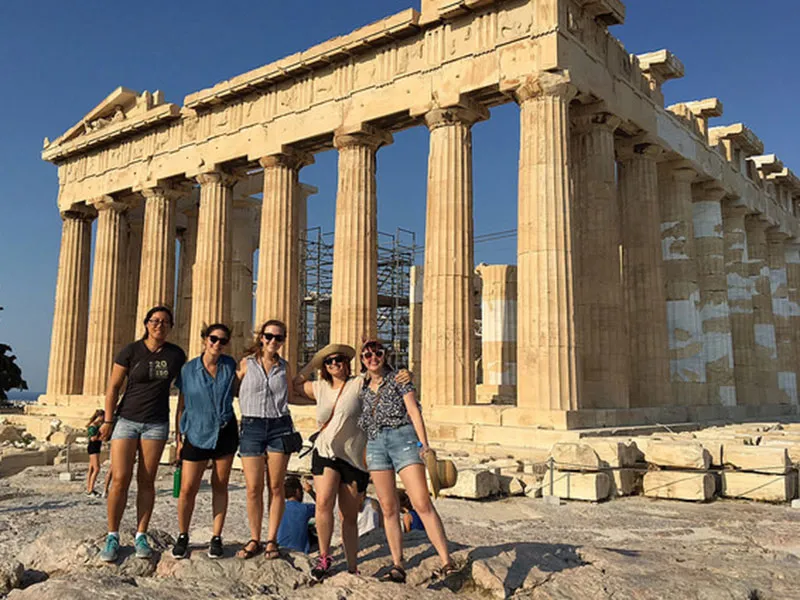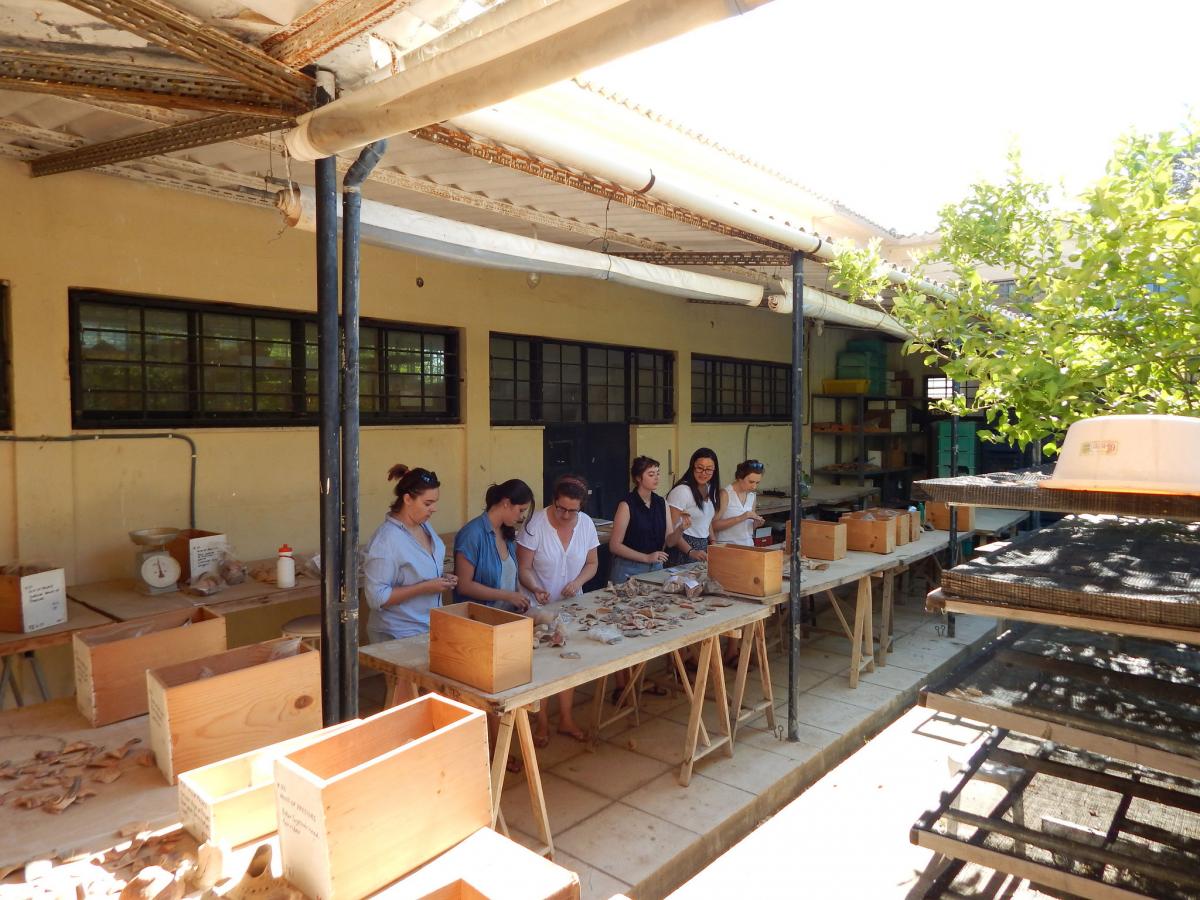
This summer I was one of five Tulane students that participated in the House of the Frescoes Project at Knossos, Crete. The project, run by Professor Emilia Oddo, Classical Studies, examined ceramic assemblages from the House of the Frescoes. The site is a Neopalatial/Late Bronze Age (1700-1550 BCE) structure that served an unknown function. It was a unique opportunity to work on Professor Oddo’s team because although the House of the Frescoes was excavated in the early 20th century, no work has been published on the site. Our work entailed washing, sorting, and cataloging ceramic sherds from the surviving assemblages. We collected data on the sherds, examining the shapes that were present, types of decoration, and assigning each sherd to its appropriate chronological period. This data allowed for us to answer some of our research questions and come up with many more to examine in the coming seasons.
"... I learned a lot about the realities of working in the field conducting research — it was an amazing experience!"
For my own research, I studied the patterns of wares, shapes, and decoration in order to attempt to identify ceramic sets within the assemblages. I analyzed the assemblages from three rooms inside the House of the Frescoes that are known as the 'Minoan Hall’. Taking into account the function of the building is unknown and the ceramic remains available for study are from a highly selected sample, my research examines approaches to identifying and classifying ceramic sets within an assemblage that is biased and of a very small scope. My findings reveal patterns between the frequencies of shapes and their corresponding types of decoration. Crete is an incredible place and I learned a lot about the realities of working in the field conducting research — it was an amazing experience!


